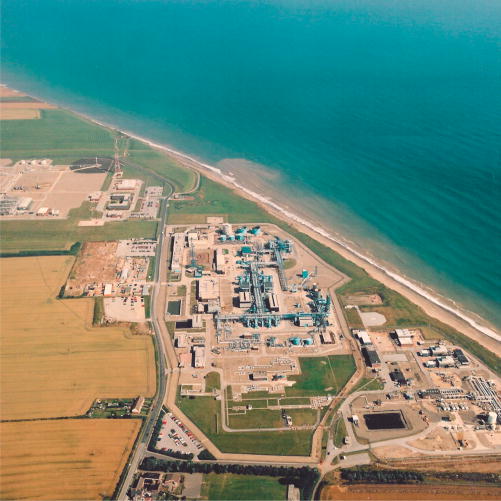Centrica has finally given up on Rough, the UK’s only long-term gas storage facility, after two years of problems. This will mean increased prices averaged over a year, as we can no longer store significant quantities of gas in the summer to be released in the winter, and will make us more susceptible to international incidents that affect gas supplies, whether by pipeline or LNG tanker. It’s worth noting that we import a lot of LNG from Qatar, which is currently in the middle of a diplomatic crisis. The only ameliorating factor is that the ‘cushion gas’ that is currently in Rough can still be produced, so although no new gas can be put in, there will still be some to take out for a few years – but this will be at a lower flow rate than when the store was full, which would have been the case at the start of each winter in the past. To sum up the numbers:
- Rough represented 70% of the UK’s gas storage volume.
- It was able to supply 300 GWh of gas per day, which represents 6% of the peak daily winter demand in 2010 of 5,000GWh
- It could hold over 40,000GWh – so could supply gas at peak rate for 4 months (though in practice the flow rate dropped as it emptied).
- The remaining gas stores can supply a higher daily rate, but can only do it for a much shorter period, as their total capacity is just over 14,000GWh
- About 14,000 GWh of LNG can be stored, but depends on a stream of tankers to top it up, and we have to bid on the world market to get them.
- There is perhaps up to 57,000 GWh of gas still in Rough, which will provide supplies for several years at a progressively declining flow rate.
In some ways this could be good news, creating more incentive for renewable energy and alternative forms of energy storage, but it could also increase demand for fracking in the UK, which would be a bad thing environmentally...
News stories on this: Guardian, FT, Reuters.

No comments:
Post a Comment